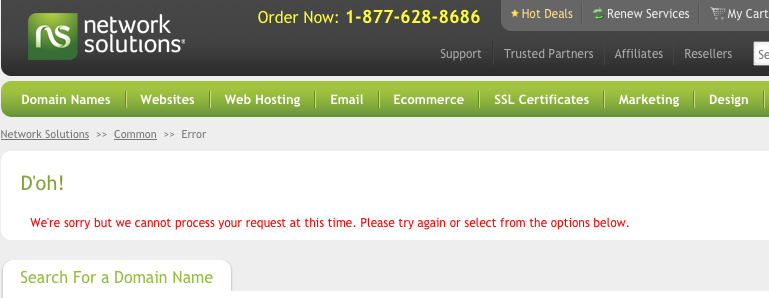Here is a quick summary of the options available to you, and the decisions you need to make before a development cost can be established:
There are dozens of good solutions, and which to choose depends on a multitude of factors… do you have a site already with a CMS ? do you mind offloading visitors to a 3rd party “hosted storefront” like Shopify, which is a great service… or do you prefer to keep them on your site throughout the checkout flow?
Is your site running as a self-hosted WP blog, and thus could use an on-site ecomm plugin instead? There are a few popular plugin options for this scenario.
Further, if you already use PayPal, do you want to simply add a Paypal checkout button?
See a site that does this: http://depotpublishing.com
You can do this method on both a website or a blogging system.
If yes to Paypal, do you want to continue using PayPal but need a true cart, and want a seamless, integrated checkout flow where the user never leaves your site? Then, we use the PayPal Pro api to make any type of cart system. See my site http://moultonfarm.com and go to the online store.
Or, you might want a full-featured shopping cart using a different payment processor, like authorize.net, and you want it hosted on your own site… ?
see http://kieve.org
or even http://choiceliteracy.com
And lastly, how do you handle the backend accounting and inventory management, if at all? Do you need QB integration? (troublesome!) They need a store like bigcommerce that can send all sales data to QB on a synced basic. But setting up this scenario requires a true QB expert on hand.
The options go on!
In some cases, you may not want to use Paypal, and already have a 3rd-party gateway and merchant service. Therefore, you need a very simple “cart” that does only what you want, that talks to the API (interface) of the gateway. A common gateway is Authorize.net. It has APIs with which you talk to their systems.
Or, you may not have a merchant account yet. In that case, you could use an all-in-one procider like: e-onlinedata.com
And now, we get to the technologies with which your site is coded… php? asp? jsp? python? ruby? We here at PDG&Associates use only php and sometimes python.
For php, there are lots of choices.
For a simple and free one, here’s: http://conceptlogic.com/jcart/
You could modify it as needed to make it work, and a programmer could use it as the basis for a custom solution. And there are probably 100 more carts like it this.
Or with custom programming, we could simply build a tailored solution. Give us a call to make sense of the options!



